Sustainable Development Goals
 |
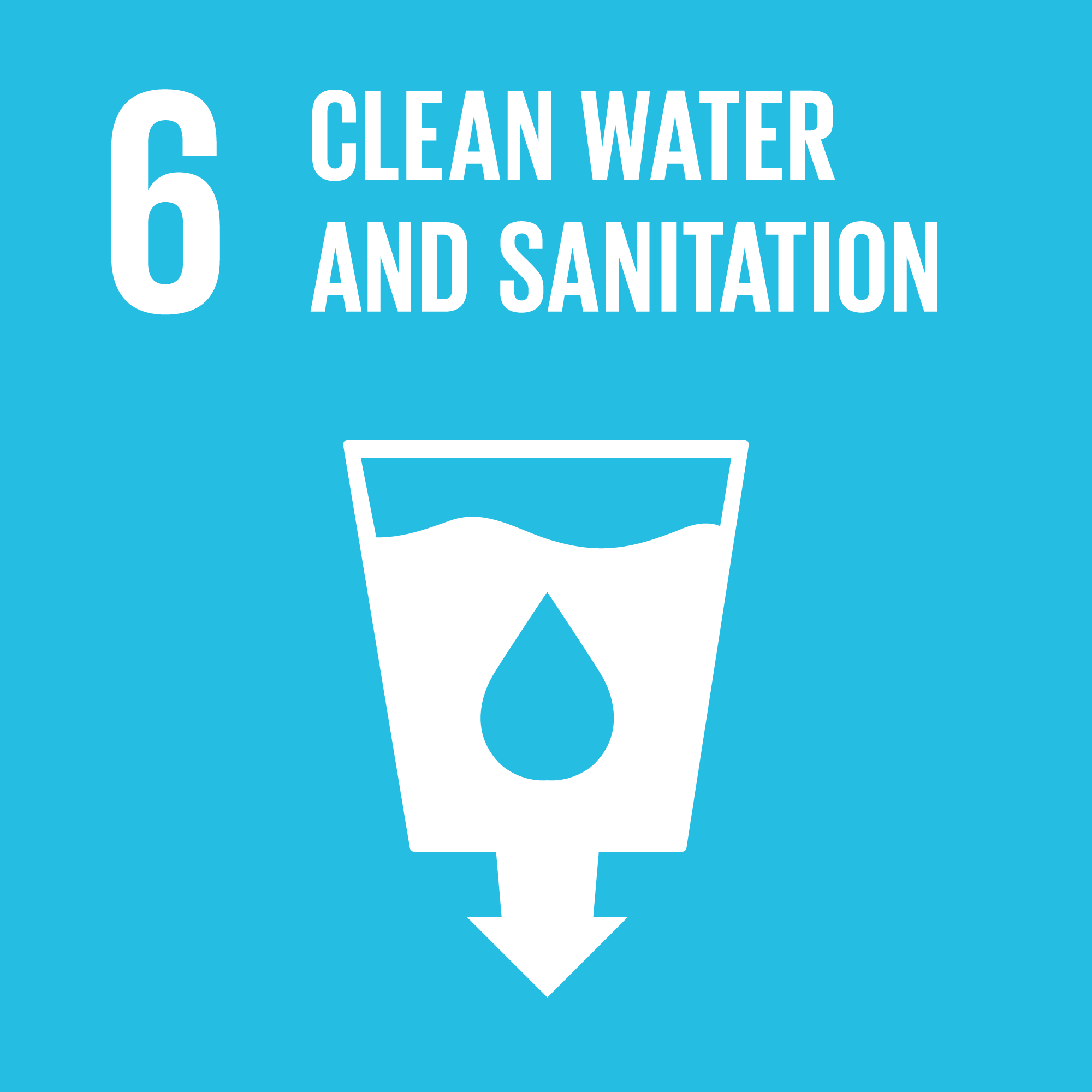 |
 |
 |
|
|
|
|
|
|
|
|
|
-
Target 6.4 | Increase Water-Use Efficiency and Ensure Freshwater Supplies
|
-
Target 6.B | Support Local Engagement in Water and sanitation Management
|
|
Targets and Indicators with Data Availability
Note: The data may be updated periodically as more information become available.
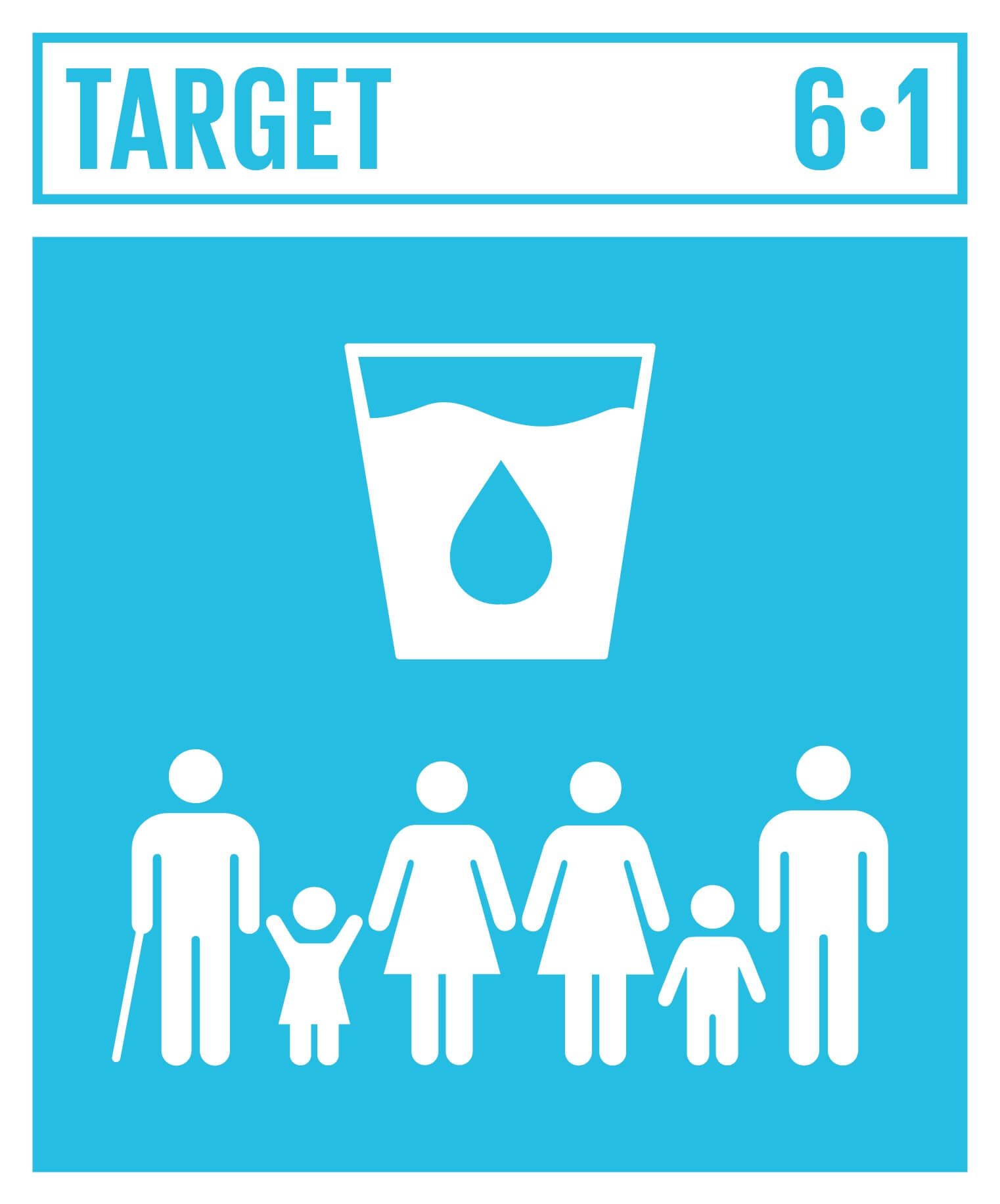 |
Safe and Affordable Drinking Water
By 2030, achieve universal and equitable access to safe and affordable drinking water for all.
|
Indicator 6.1.1 | Proportion of population using safely managed drinking water services
|
Proportion of population with access to improved drinking water sources is 100% for the data time period since 2000.
|
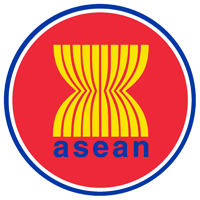 |
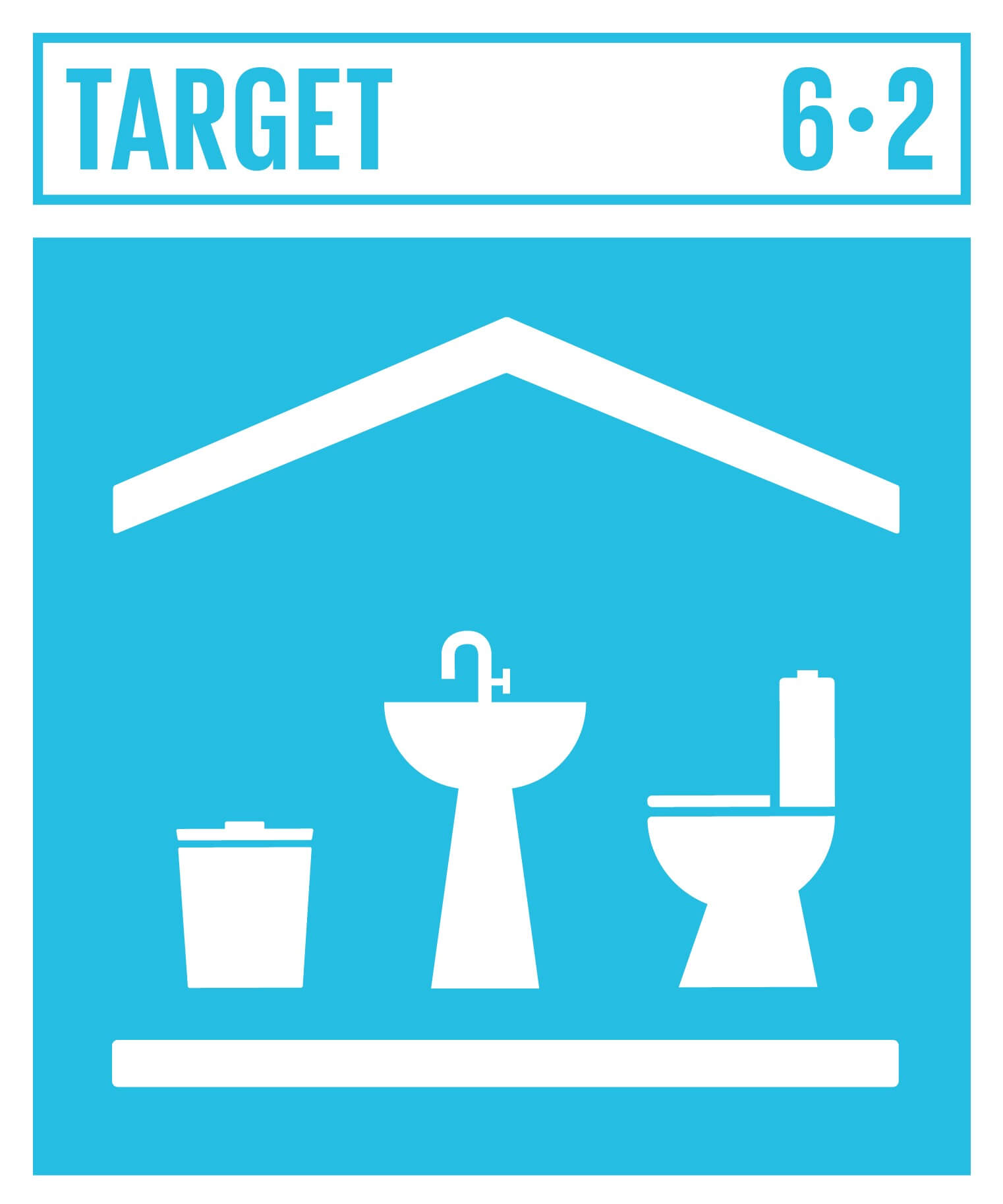 |
End Open Defecation and Provide Access to Sanitation and Hygiene
By 2030, achieve access to adequate and equitable sanitation and hygiene for all and end open defecation, paying special attention to the needs of women and girls and those in vulnerable situations.
|
Indicator 6.2.1 | Proportion of population using (a) safely managed sanitation services and (b) a hand-washing facility with soap and water
|
Proportion of population with access to improved sanitation is 100% for the data time period since 2000.
Data do not cover access to hand-washing facility with soap and water.
|
 |
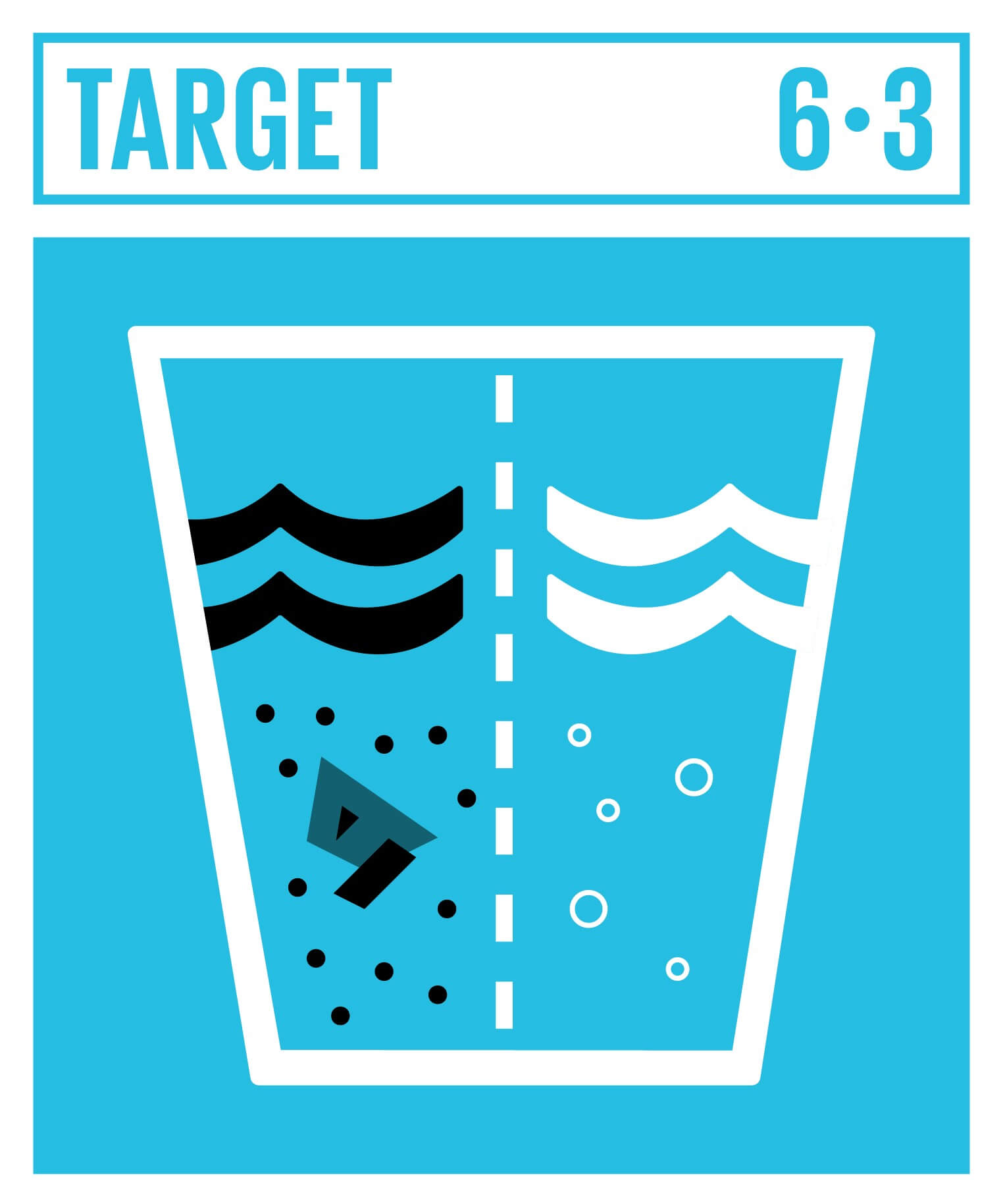 |
Improve Water Quality, Wastewater Treatment and Safe Reuse
By 2030, improve water quality by reducing pollution, eliminating dumping and minimizing release of hazardous chemicals and materials, halving the proportion of untreated wastewater and substantially increasing recycling and safe reuse globally.
|
Indicator 6.3.1 | Proportion of domestic and industrial wastewater flows safely treated
|
Proportion of domestic and industrial wastewater flow safely treated has been 100% since 2015.
|
|
 |
Indicator 6.3.2 | Proportion of bodies of water with good ambient water quality
|
Proportion of bodies of water with good ambient water quality has been 100% since 2015.
|
|
 |
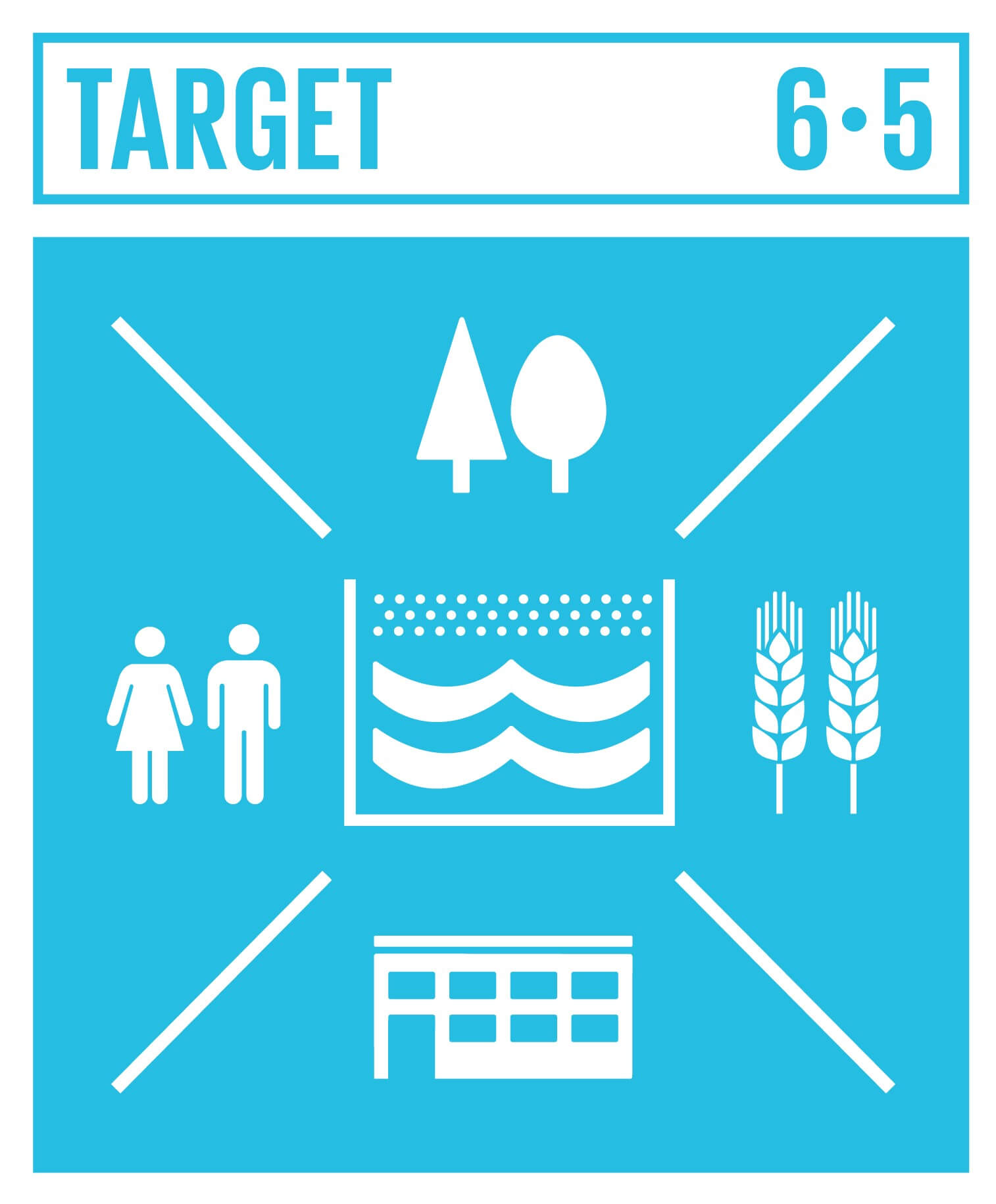 |
Implement Integrated Water Resources Management
By 2030, implement integrated water resources management at all levels, including through transboundary cooperation as appropriate.
|
Indicator 6.5.1 | Degree of integrated water resources management
|
Vast majority of Integrated Water Resources Management (IWRM) elements are fully implemented, with objectives consistently achieved, and plans and programmes periodically assessed and revised.
|
|
Indicator 6.5.2 | Proportion of transboundary basin area with an operational arrangement for water cooperation
|
Not applicable as Singapore does not share any transboundary basin area with other countries.
|
|
 |
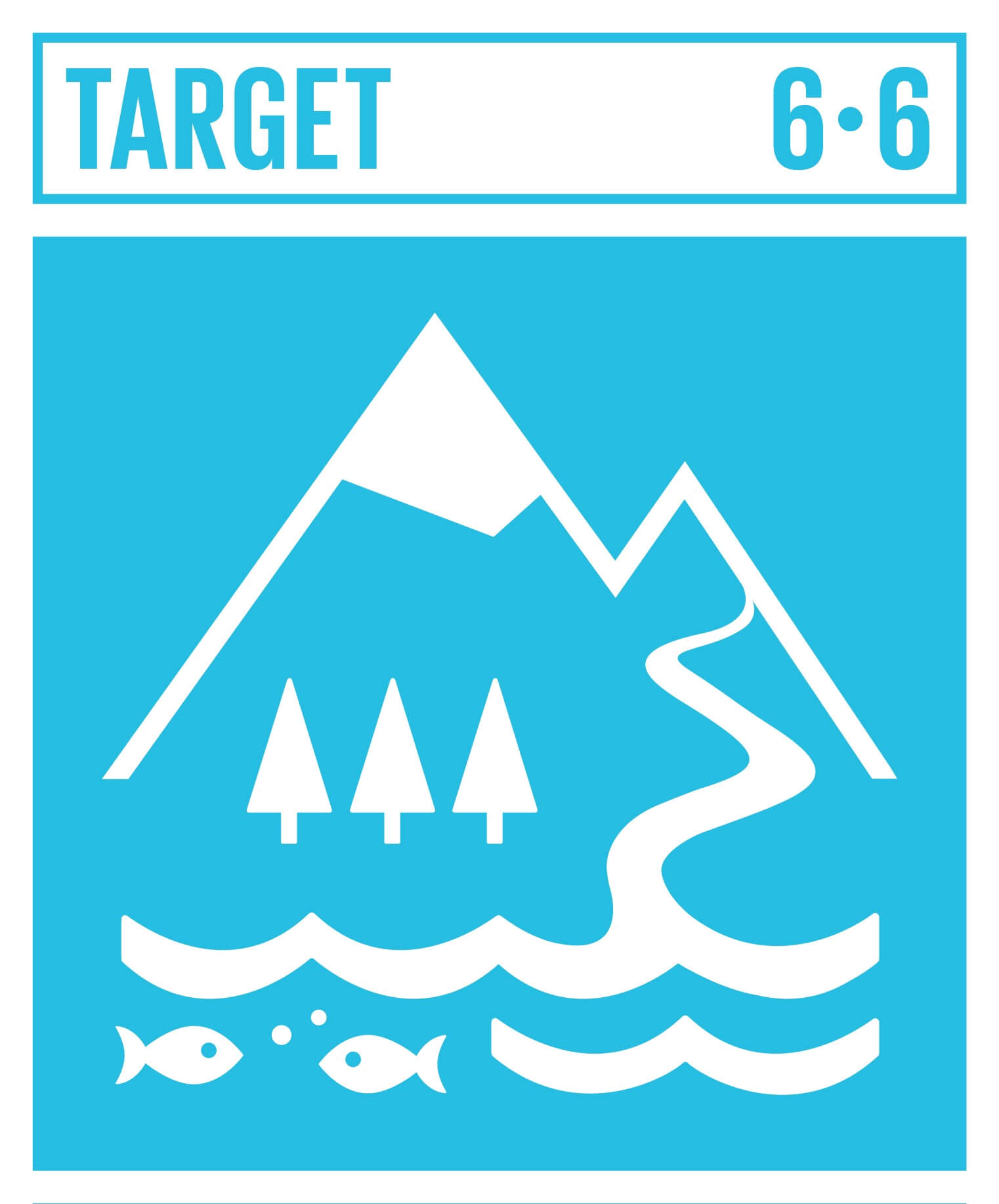 |
Protect and Restore Water-Related Ecosystems
By 2020, protect and restore water-related ecosystems, including mountains, forests, wetlands, rivers, aquifers and lakes.
|
Indicator 6.6.1 | Change in the extent of water-related ecosystems over time
|
The area of mangroves in Singapore is 9.31km2 in 2018.
|
|
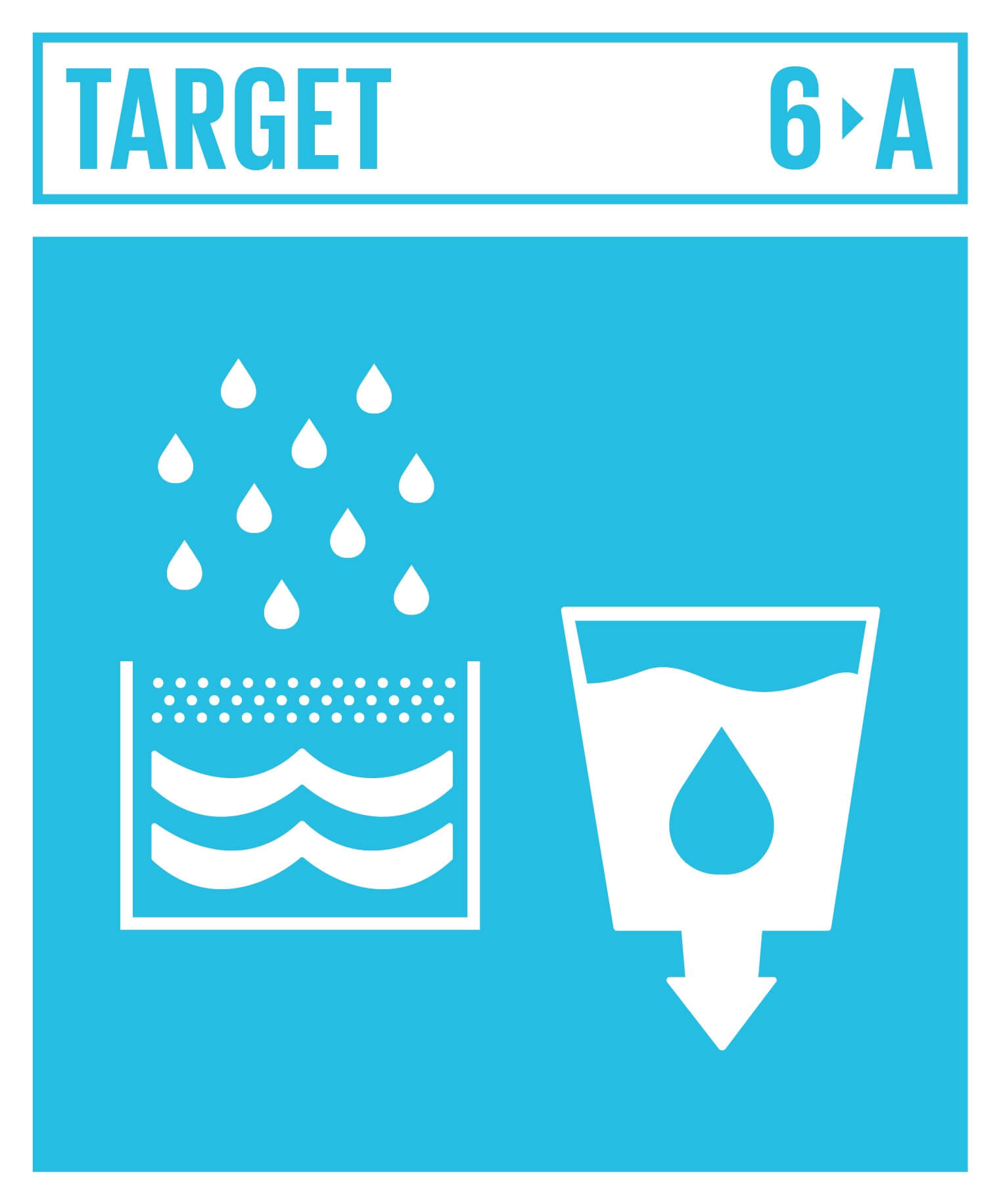 |
Expand Water and Sanitation Support to Developing Countries
By 2030, expand international cooperation and capacity-building support to developing countries in water- and sanitation-related activities and programmes, including water harvesting, desalination, water efficiency, wastewater treatment, recycling and reuse Technologies.
|
Indicator 6.A.1 | Amount of water- and sanitation-related official development assistance that is part of a government-coordinated spending plan
|
Not applicable. Singapore is a developing country and does not provide official development assistance.
|
|